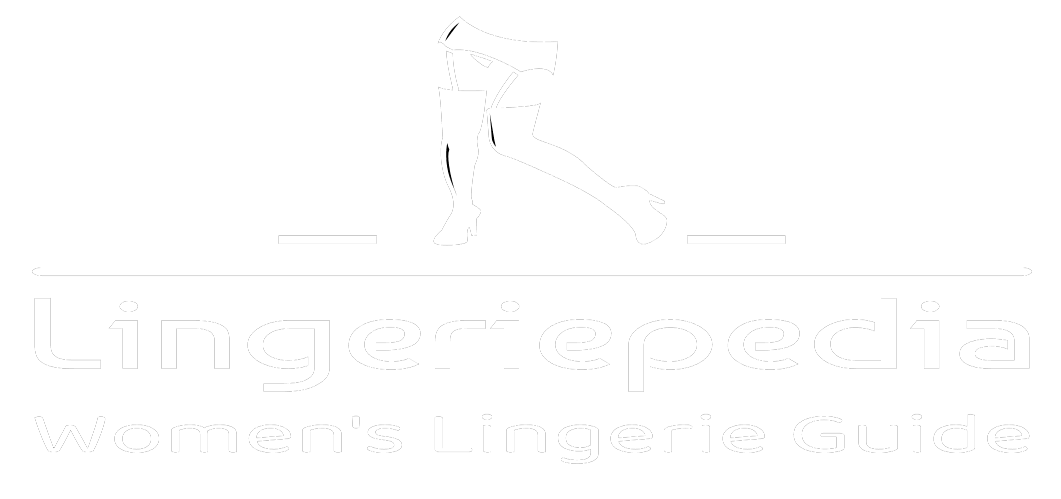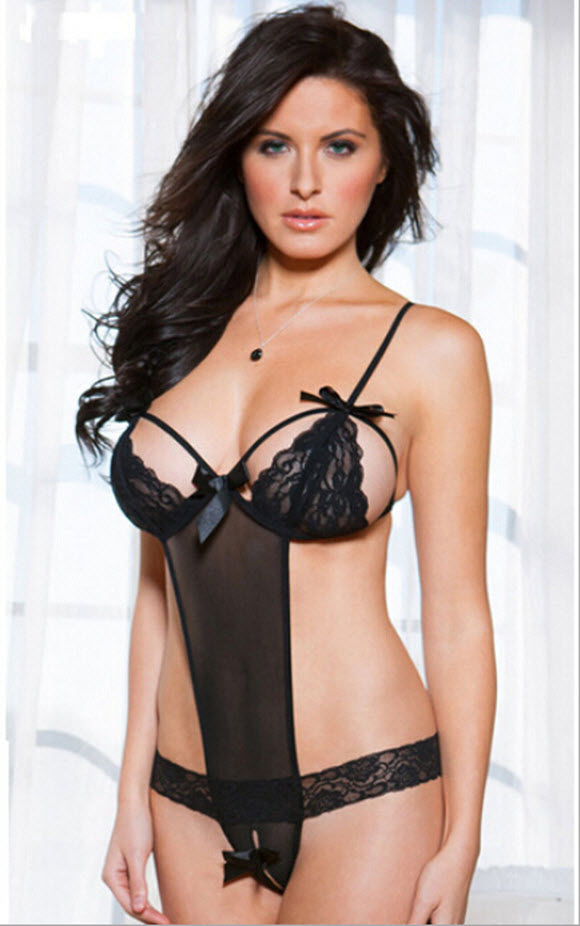Currently, the most common way to increase breast size is via breast implants. A breast implant is a sac of silicone elastomer that is either filled with saline or silicone, and is surgically implanted under the breast tissue. The proportion of the breast to body height and weight is taken into consideration, as is the chest width, location of nipple/areola complex, and cleavage. Because the concepts of aesthetics are constantly changing, there are many factors such as implant type, size, and site that should be tailored to the individuals’ specificity.
Type of Breast Implants:
All implants used today are made of a silicone shell with either a saline or silicone filling. The use of silicone filled implants, which has been around since the early 60’s, was banned in 1992 by the FDA until further information could be obtained. These implants are also available as part of an FDA study, and may be used in women willing to participate in the study. It is widely expected that silicone gel-filled implants will once again be made available by the FDA.
Location of Breast Implant:
The placement of breast implants is either sub-glandular or sub-muscular. Sub-muscular can either be partial or complete. With partial sub-muscular placement, the bottom third of the implant is not covered by muscle. With both partial and complete placement bellow the muscle there are usually fewer instances of complications and mammography tests are easier to perform. When implants are placed sub-glandular, insertion is faster and easier, and there is usually a shorter recovery period.
The primary difference between sub-glandular and sub-muscular is the type of look that the breasts have. For sub-glandular, the implants gives a distinct cleavage line which extends up over the top of the breast. For sub-muscular, the cleavage is not as distinct and does not continue up over the top of the breast. The degree to which the placement affects the final result depends upon several factors.
Location of Incision:
There are three areas of incision:
Periareola (lower part of areola 1 – 1/2 inches)
On the lower breast crease
Trans umbilical
Each has advantages and disadvantages but the preferred incision is periareola because it is less noticeable. Physicians who are experienced in this method find it easy to do. It is important to discuss with your surgeon which he/she prefers and why. Silicone implants come pre-filled and therefore cannot be inserted through the belly button or armpit.
How Much It Costs?
This definitely depends upon your region, surgeon can range from $2,500. to $10,000. and up. Prices may vary due to region, surgery bids, the newness of practice, marketing ploys, the occasional “special”, demand of surgeon, etc. These prices may or may not include, operating room coasts, anesthesia, lab work medications, and more so be sure to ask beforehand and get it in writing.
Procedures:
Tthey are mainly performed under general anesthesia, or, in rare cases, local anesthesia with a heavy sedative, and can be performed as an outpatient procedure or in a hospital as an inpatient procedure. Surgery can last between 1 and 2 hours.
The basics of the surgery is this: the physician will make an incision, position the implant into the desired placement, and then stitch together the skin where the incision was made. There are three variables that can determine the results and success of surgery: type of implant, site of incision and placement of implant.
What Are The Risks?
Capsular contraction: Scar tissue forms around the implant to form a hard shell.
There are many steps to block it, like, size and location of the implant, as well as medications like Singular and Acculent.
Infection or even rejection from non-sterile techniques.
Moving of the implant. The pocket for the implant should be adjusted for the patient.
Scars: Less obvious in the periareola in comparison with sub-mammary incision.
Sensation: Can be initially decreased. Usually ninety percent of sensation will return in 1-2 years of surgery.
Violation of breast tissue.
Breast Feeding: About fifty percent of women won’t be able to successfully breast feed, particularly those with periareola incision.
After Breast Implant:
Every patient and physician has a different feel of what is aesthetically pleasing. When you took a consultation with a physician, the goals of both the patient and physician should coincide and be realistic. The results aren’t totally depending on the physician. It’s crucial to realize that everybody starts with differing anatomical breasts and there are always unforeseen factors.
How long Before My Implants Drop?
This depends upon many factors: size implant, what size you were pre-operatively, implant surface type, implant placement, apply of massage, muscle tone, etc. Everyone will drop at different rates. For example, smooth implants drop faster than textured. If you go under the muscle you will drop slower than overs. If you go from a saggy C to a D/ D and chose a smooth implant in the subglandular position, you will probably drop faster than a woman going from an A to a C/D who has textured unders.
A few surgeons have you push your implants down or even massage them soon after your surgery. If you are having problems or even want your crease lowered a select few surgeons have you put on The Strap — which is a extremely not very comfortable elastic band worn above the breasts to help push them, down. Expect to commence dropping in the 1st couple weeks in normal cases. If you are not dropped in six to nine months you will have a stubborn case and might want re-dissection.

